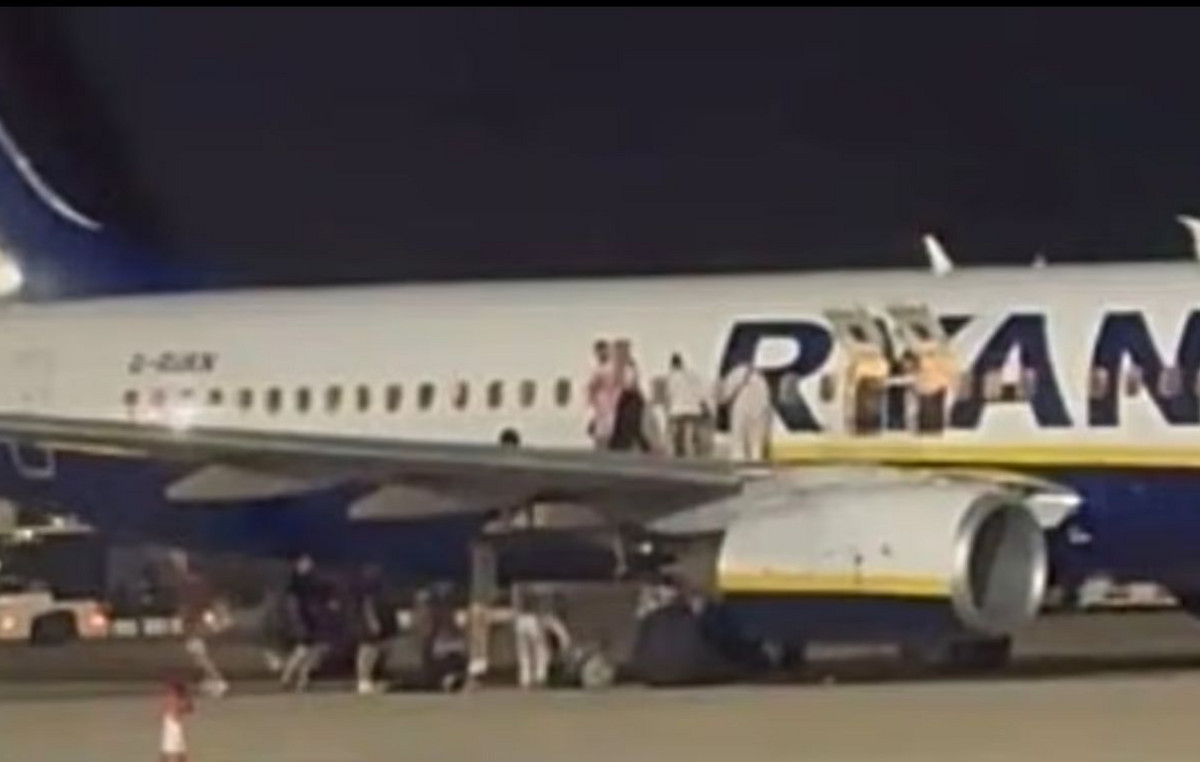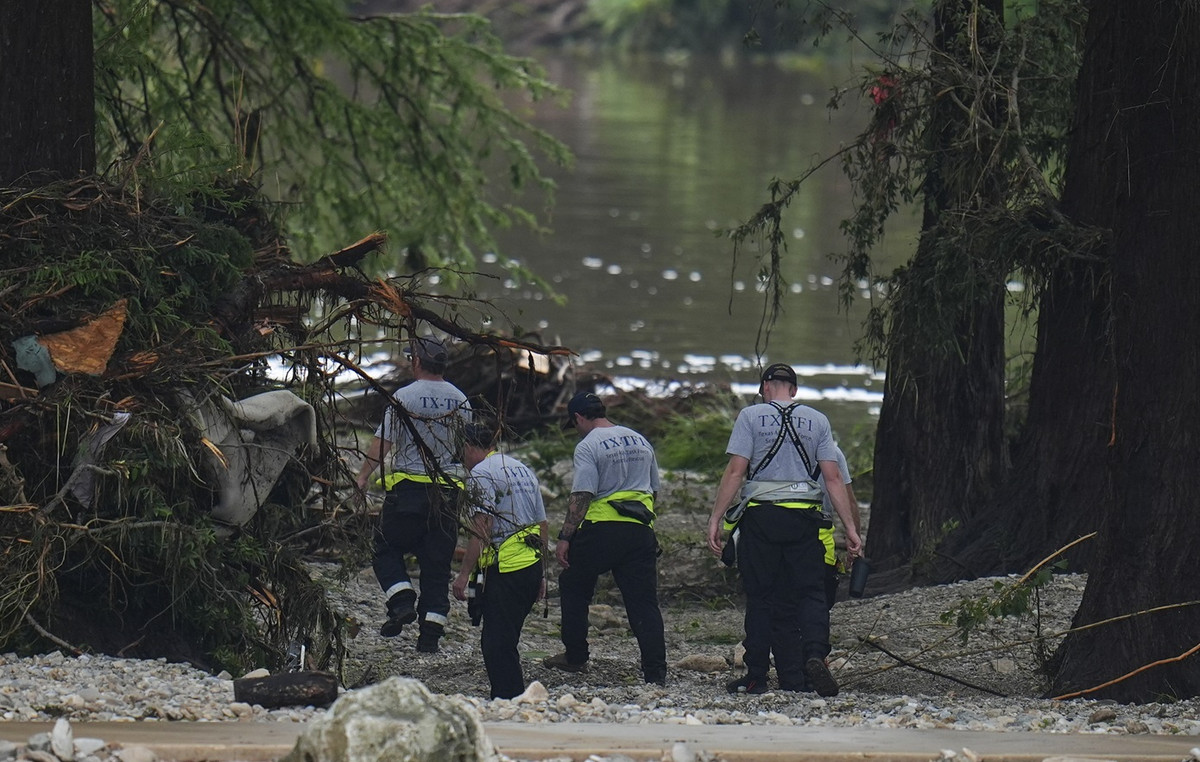Minutes before plunging to their deaths, five airmen successfully dropped 14 paratroopers from the 82nd Division near their landing mark over Normandy, France.
It was just after 2:44 a.m. on June 6, 1944. The airmen completed their mission but lost their lives.
The remains of the pilot and crew chief were recovered days later, but the co-pilot, navigator and radio operator were never found – possibly until now.
80 years after the invasion of Normandy, known as D-Day, a United States Department of Defense agency is searching for three missing airmen in hopes of finally bringing them home.
They found what is believed to be the crash site of the downed C-47 aircraft, along with the possible remains of the co-pilot, 2nd Lieutenant William Donohue; radio operator Sergeant David Madson; and the navigator, 2nd Lieutenant Albert Brooks.
The Normandy landing
D-Day was a crucial moment in World War II to turn the tide in favor of the Allied Forces.
Commonly referred to as “the beginning of the end” of the war, Dr. Eric Klinek, an agency historian, said it was the first major attack to move American forces into German-held territory after years of pressure from President Franklin. D. Roosevelt to do so.
The 101st and 82nd Divisions led the air assault in the early stages of Operation Overlord, which included more than 160,000 Allied troops landing along the beaches of Normandy to fight Nazi Germany.

The paratroopers were instrumental in reaching the back of enemy lines and cutting off German supply routes.
If they survived the jump, they would fight on the ground as infantrymen for as long as it took to complete the mission.
The means of transport for these soldiers was the C-47, a military version of the civilian DC-3 plane.
Taking off from England at 11 p.m. on June 5 and crossing the English Channel, the 101st and 82nd Divisions were to be left behind Utah Beach a few hours before the naval invasion, said Dr.

On the morning of D-Day, there were 821 C-47s transporting more than 13,000 soldiers from the 101st and 82nd Divisions. Eighteen of them were shot down.
Due to bad weather, communications interference, and unexpected enemy fire, many of the troops were scattered.
“Some landed in their launch zones and others miles away. If a plane was hit, the best option would be for the paratroopers to jump wherever they could,” Klinek said.
Facing German anti-aircraft artillery, Donohue, Madson and Brooks, along with their fellow airmen: the crew chief, Major McKinley McCanless; and the pilot, First Lieutenant Samuel Williams Jr., did not have enough time to bail out or make a forced landing after deploying the parachutists.
French eyewitnesses say the C-47 “hit the ground and caught fire,” killing all five men, according to agency records.
Discovered location
In 2016, the US Prisoner of War and Missing in Action Accounting Agency (DPAA) received a tip that the crash site had been rediscovered on farmland in Normandy.
They sent a team in 2019 to assess the site and what they found was “part of an airspeed indicator and part of a C-47 load adjuster,” said Dr. Klinek, who was part of the initial assessment at the ground.
“We knew, based on all the evidence from the French investigators and all the documents we had, that this was the plane,” he said.
Klinek said the agency only pursues crash sites where missing soldiers can be found, so it opened an excavation site on April 12 with the goal of recovering all possible debris or evidence of human remains.

At the excavation site, a team of 25 people carried out intensive work every day for six weeks straight.
Using a bulldozer and shovels to create dozens of quadrants, they swept the area for high concentrations of metal, then pressure washed and sieved every square inch of soil capable of containing even the smallest evidence.

From possible life-support items like “parachute buckles, headphone fragments, and standard flashlights that every service member would receive and carry with them,” explained Capt. Brian Foxworth, search team leader, to “possible bone material ”.
Foxworth and the agency emphasize the word “possible” in everything they find to maintain extreme accuracy and cautious respect for the families who have waited for decades to learn the whereabouts of their loved ones' remains.
Even when there is certainty about specific items, everything must be sent to a DPAA laboratory for proper forensic testing before anything can be verified or concluded.
Looking for connections
The excavation team completed work at the site in late May. All discovered items are being transferred to a DPAA laboratory at Offutt Air Force Base in Nebraska, where they will be cataloged and tested by a team of forensic scientists led by Carrie Brown, laboratory manager and forensic anthropologist.
“Often with these recoveries in Europe, especially if they've been buried for 80 years, we get bone fragments,” Brown said.
She said bones found in Europe are generally well preserved.
“Non-biological items like watches, boots, ID badges, jewelry, those types of things would be assigned to an analyst,” Brown said, explaining that items like teeth and skeletal material would be separated, inventoried and assigned to analysts as well.
To test DNA samples, Brown said a minimum of one gram of dense bone is needed. The results are then compared to a DNA sample from the missing service member's medical record.
“To make this identification, it is necessary to combine both sides. If I don't have any dental or medical records or a DNA sample — no matter how much really good data I can collect from what I have in the lab — I'll never be able to compare it,” Brown said.
Once confirmed, the Army Past Conflict Repatriation Department connects with family members to collect reference samples that may match the DNA.
It can take up to a year and a half from material recovery in the field to positive identification.
Brown described herself and her team as public servants dedicated to returning their nation's fallen. According to the forensic scientist, the first thing visitors see when they enter the DPAA laboratory is the soldier's oath, which says: “I will never abandon a fallen comrade”.
Reconnecting generations
The families of Donohue, Madson and Brooks have been notified by the agency that they are currently searching for their loved ones' remains, and the process may take some time.
The agency meets with missing military families throughout the year on Family Member Updates to inform them about their specific cases and answer any questions people may have about recovery efforts.
Paul Stouffer knows firsthand the impact the agency has on families of fallen soldiers who are searching for answers about their loved ones.
He is the nephew of a World War II fighter pilot, Lieutenant William McGowan, who was shot down on D-Day in a P-47 single-engine fighter.
McGowan was just 23 when he died, and Stouffer spent his entire life watching his mother and grandparents searching for details about his death and where his remains might have ended up.
After the war, the American Graves Registration Service identified the crash site of the P-47, but did not find McGowan's remains at the time. His name was engraved on the Wall of the Missing at the Normandy North American Cemetery.
In 2009, Stouffer heard about other missing service members being found and approached the DPAA to offer their DNA samples for analysis.
In 2018, the agency excavated the site of his uncle's accident and recovered remains, which were confirmed to be those of McGowan.
Stouffer attended his uncle's funeral at the American Cemetery in Normandy in 2022 and delivered the eulogy for the relative he always dreamed of but never met.
“It was the phone call I wish my grandparents had gotten, or even later, I wish my mother had also been alive at that moment,” Stouffer said. “One of the things that really stuck with me was knowing that after my mother was gone, he wouldn’t be forgotten.”
According to the DPAA, 72,000 American combatants from the Second World War are still missing. The agency carries out operations in 45 countries, seeking to recover the remains of fallen soldiers and fulfill the United States Armed Forces' promise to “leave no one behind.”
Source: CNN Brasil
Bruce Belcher is a seasoned author with over 5 years of experience in world news. He writes for online news websites and provides in-depth analysis on the world stock market. Bruce is known for his insightful perspectives and commitment to keeping the public informed.







